Best Online JavaScript Course — The Web Developer Bootcamp
Update January 2021: I had stopped recommending this course so vehemently because it had not been updated to include ES6 syntax, but I am glad to say that the course is now fully updated! Colt Steele remains one of my favorite instructors on Udemy, and I hope you like the course as much as I do. If you’ve struggled to learn JavaScript, it is a great place to start, especially if you want to learn/brush up on HTML and CSS as well. If you are looking for other options or want to focus exclusively on JavaScript, check out Which Online JavaScript Bootcamp is Right for You?
One question I receive often is, if you could take just one course on JavaScript, which one would it be? It’s a great question and one that I wish I’d had an answer to when first learning web development. When I was first trying to learn JavaScript, I had a very difficult time finding a course that broke JavaScript fundamentals down in their proper order. I stumbled around on learning platforms that were too difficult for me at the time. After a long period of trial and error, I found Colt Steele’s The Web Developer Bootcamp. This course was an absolute lifesaver and renewed my interest in learning JavaScript. As someone who has purchased and taken dozens of courses on programming, Colt’s course is, in my opinion, the best online JavaScript course for beginners.
What Makes the Course So Good?
Before he put the course together, Steele had a teaching background as an instructor at a web development bootcamp. Because he worked with a number of students, he knew how to present concepts in a logical order that would make sense to those with little experience.

There were not too many sections in the course where I felt like I had to make a big leap into something I didn’t understand well, which is helpful when first starting out. There are many poorly designed programming courses that ask beginners to participate in challenges that they’re not ready for, so I was grateful to find Steele’s course because it had challenges that were more appropriate for beginners.
There were certainly sections in the course that were challenging. It took me an inordinately long time to learn how to combine loops with arrays, but with time, I was able to work through the challenges in these sections without a problem. It may take you more or less time to work through the challenges, but if you stick with it and are willing to do research when you’re stuck, you will be able to make considerable progress.
The Web Developer Bootcamp starts out with HTML, CSS and JavaScript fundamentals before moving into topics that all JavaScript developers must know, including DOM manipulation, the jQuery Library and backend programming with Node.js.
HTML and CSS
Colt’s course is a complete bootcamp, so it starts out with HTML and CSS, the two fundamental technologies that you need to add structure and style to your website. Even though I already had extensive knowledge in both before taking The Web Developer Bootcamp, refreshing my HTML and CSS skills was beneficial.
JavaScript Fundamentals
All programming languages have the same building blocks: data types, control flow (if/else statements and loops), functions and arrays. Object-oriented programming languages such as Java, C#, PHP and JavaScript also have objects. What differs from language to language is the syntax, but all programs have these same basic pieces. Before proceeding to more advanced-level topics, it is important to understand these concepts.
Steele’s course does a nice job of breaking these concepts down while challenging you to implement them into a program that you’ll build. Throughout the Fundamentals portion, you will work towards building a ToDo list. You can think of it as an introductory project that will come together as you progress through the course. There are five units just dedicated to JavaScript fundamentals, and if you complete each section, you will have a pretty solid foundation and can start to move into more intermediate topics.
DOM Manipulation and jQuery
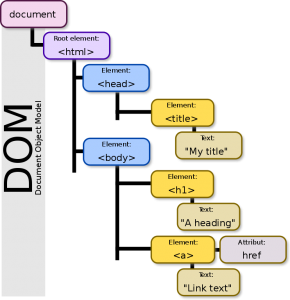
During the course, Steele says that DOM manipulation is one of his favorite topics in JavaScript. I concur that it is a fascinating topic. Once you know how to handle event listeners as well as how to manipulate, remove and change HTML elements with JavaScript, you will really start to feel like a web developer. DOM manipulation allows you to do all of these things. This part of the course starts to become more project oriented, with assignments like building a color picker app as well as a scorekeeper project.
The next units cover jQuery, the most popular JavaScript library. As a web developer, it is important to know jQuery because there are many websites that use it. During the era of the browser wars, jQuery provided a browser agnostic solution, allowing developers to easily implement interactivity on their websites without worrying about how their code would affect different browsers. At some point, most web developers need to contribute to or maintain a website that uses jQuery code and plug-ins.
Command Line and Node.js
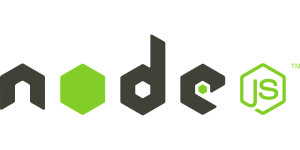 Node.js is server-side JavaScript. As you may already know, all websites have a front end (client side) and a back end (server side). And until Microsoft released node.js in 2011, JavaScript was only a front-end technology. Why was this a big deal? Well, node.js allowed web developers to run server-side scripts through JavaScript. And because JavaScript is an asynchronous programming language, it can execute code based on user events, whereas other programming languages can only execute code in the exact order in which it is written. This is not the case with JavaScript, and it makes node.js an ideal technology to use in certain circumstances such as a chatbox.
Node.js is server-side JavaScript. As you may already know, all websites have a front end (client side) and a back end (server side). And until Microsoft released node.js in 2011, JavaScript was only a front-end technology. Why was this a big deal? Well, node.js allowed web developers to run server-side scripts through JavaScript. And because JavaScript is an asynchronous programming language, it can execute code based on user events, whereas other programming languages can only execute code in the exact order in which it is written. This is not the case with JavaScript, and it makes node.js an ideal technology to use in certain circumstances such as a chatbox.
In his course, Steele attempts to make installation easy by having participants use Cloud9, an online integrated development environment that includes support for backend technologies. I firmly believe, however, that installing and debugging node.js on your own computer is an important part of becoming a backend web developer, so after taking The Web Developer Bootcamp, I encourage you to read the documentation on the official node.js website and install and run node.js on your own computer. You’ll run node.js from your command line, which is also covered in Steele’s course.
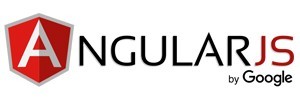 Frameworks
Frameworks
The course covers backend JavaScript and Express, a backend framework, but it does not cover any front-end frameworks. If you like backend JavaScript and develop a knack for node.js, then you may not need to spend much time learning front-end frameworks. If you’d like to learn how to build single-page web applications, however, you’ll need to learn a framework or two. Popular ones include Angular, Vue, Ember and Backbone. React is also a very popular front-end technology, but it is technically a library. Your best course of action at this point is to do some research to see which frameworks are popular where you live. Knowing the popular frameworks in your local area will make you more marketable and prevent you from spending too much time and effort learning front-end technologies that won’t help you land a job or advance your career.
A Great Place to Start
While Steele claims that his course is the only one you’ll need to learn web development, that wasn’t quite the case for me. I needed more practice with arrays and objects. I also had to take a much deeper dive into functional programming, ES6 syntax as well as more practice with Node.js. To be fair, though, JavaScript is an immensely big subject, and there is no one course that can cover everything. With that in mind, The Web Developer Bootcamp is a great starting point. It covers beginning, intermediate and advance topics while presenting essential concepts in a logical order. The challenges, in general, do not ask too much of beginners, so if you’re new to JavaScript, you will be able to feel like you’re making progress rather than getting mired down in frustrations.
I hope that you find The Web Developer Bootcamp as helpful as I did when first starting out with JavaScript. I still refer to portions of the course when I need a refresher, so it’s proved to be quite a useful reference for me.
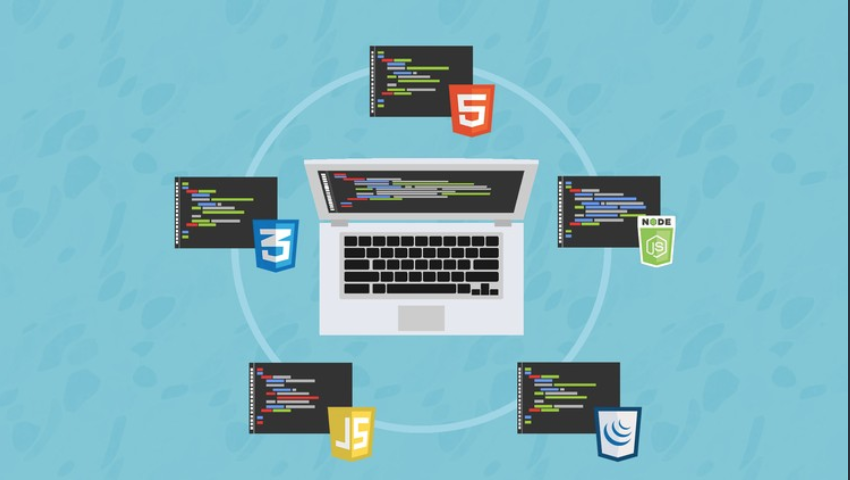

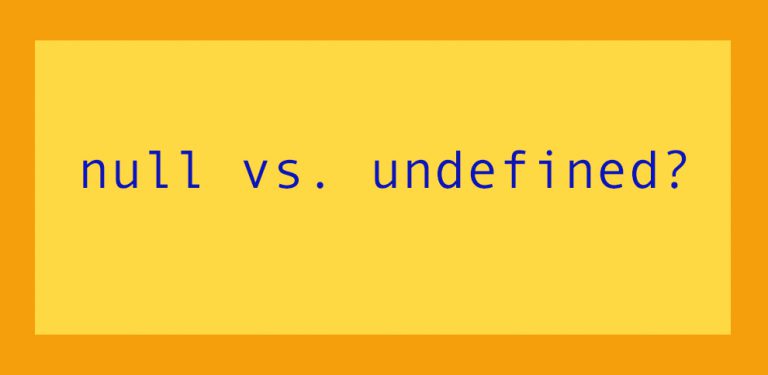

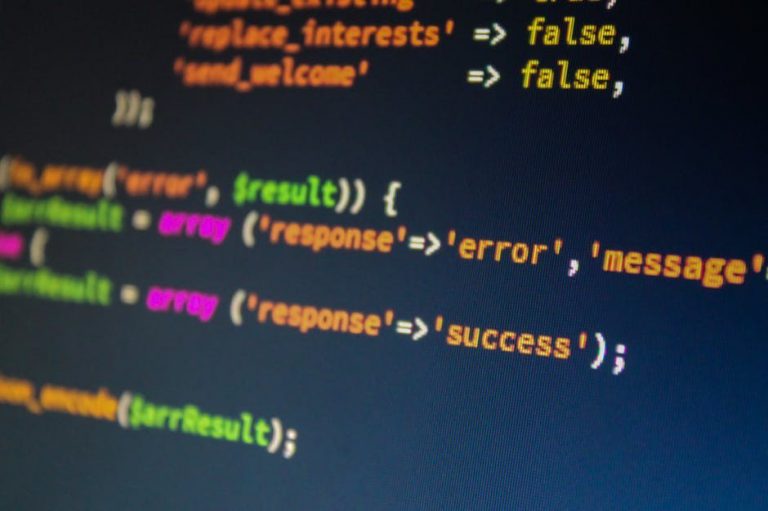
I love that learning how to code will enable me to create many things.
Javascript is the most important computer language a web developer needs to know, and I am prepared to go through the trainings that are effective.
After reading your blog post, it reinforced my intuition that coding will be my next interest and an option for next career. Will this course help me get a job as a web developer?
Thanks — I’m glad you found this post helpful. After taking Colt Steele’s course, you will be in a good position to interview for junior web developer jobs. I suggest starting out with an entry-level web developer position so that you can learn from more experienced engineers. If you need any help getting started, please feel free to reach out!
I have enjoyed reading your very educational article about how to code.
How long do I need to learn front-end frameworks-web development?
Even though I am completely new on that topic, do I need basic knowledge in order to understand everything?
I am glad to know that the web developer Bootcamp is a great starting point. Reading through your article, I think you convinced me to try to learn how to combine loops with arrays to have a solid foundation.
Great post and easy enough for a newbie to understand everything you are explaining above.
Thank you.
Jacqueline
Hi Jacqueline,
I’m happy to hear that you found this article helpful. To answer your question, yes, you definitely want to learn JavaScript basics before attempting to learn the libraries and frameworks. They extend the JavaScript language and because the syntax is quite different, you will probably feel lost if you don’t yet have a solid foundation with the basics. Learning how to loop through arrays is a good start!
The Web Developer Bootcamp will teach you the basics. I am also piloting another course that covers more modern JavaScript, and I’ll have that review up in a couple of weeks.
Good luck with your learning, Jacqueline, and if you have any more questions, please feel free to get in touch.